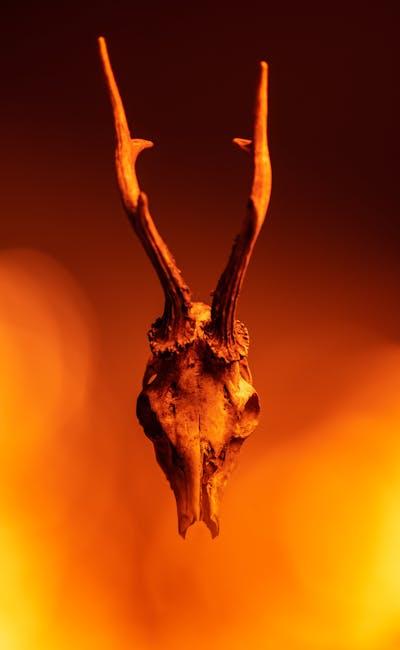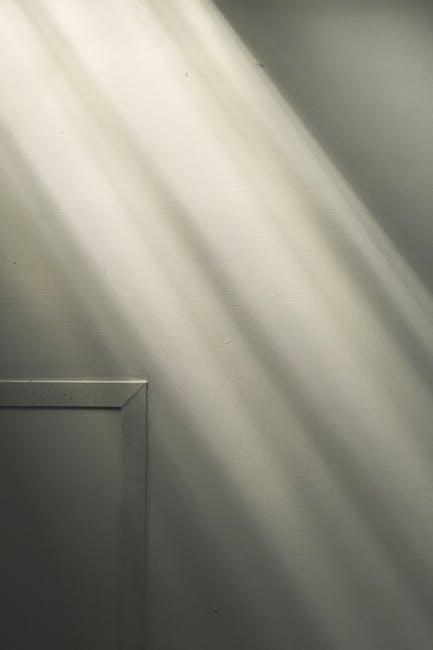In the vast, untamed wilderness where nature’s palette paints the sky in shades of dawn and dusk, Alejandro González Iñárritu‘s “The Revenant” unfolds—a cinematic odyssey that embraces the raw, unfiltered beauty of the world. Eschewing the artificial glow of studio lights, this film embarks on a bold journey to capture authenticity through the exclusive use of natural light. As the shadows lengthen and the sun casts its fleeting glow, each frame becomes a testament to the relentless pursuit of realism. Join us as we delve into the meticulous artistry and daring choices that brought this visual masterpiece to life, illuminating the challenges and triumphs of filming in nature’s own light.
Capturing the Wilderness: Embracing the Challenges of Natural Lighting
In the heart of the untamed wilderness, where every shadow dances with its own story, capturing the raw essence of nature becomes an art form. Natural lighting offers a dynamic palette that changes with every passing cloud, challenging filmmakers to embrace unpredictability. The creators of The Revenant harnessed this untamed beauty, crafting scenes that pulse with life and authenticity. By forgoing artificial lighting, they allowed the environment to dictate the mood, creating a visceral experience that immerses the audience in the primal landscape.
- Dynamic Atmosphere: Natural light varies, providing a rich and ever-changing backdrop.
- Authentic Shadows: Shadows cast by the sun create depth and realism, enhancing the narrative.
- Emotional Impact: The unpredictability of natural light evokes genuine emotions, resonating with viewers.
These elements combined to form a visual tapestry that not only captured the rugged beauty of the wilderness but also elevated the storytelling to a new level of realism. The commitment to natural lighting was not just a technical choice but an artistic one, inviting the audience to feel the wilderness’s raw, untamed spirit.

Cinematic Authenticity: Techniques to Harness Nature’s Illumination
In crafting the raw and immersive experience of The Revenant, filmmakers leaned into the power of natural light to capture the rugged beauty and relentless challenges of the wilderness. By eschewing artificial lighting, they achieved a visceral realism that draws audiences into the harsh yet stunning landscapes. This approach demanded meticulous planning and a deep understanding of the environment, as every shot relied on the ever-changing conditions of the natural world.
To harness nature’s illumination effectively, the team employed several innovative techniques:
- Golden Hour Filming: The soft, warm light during sunrise and sunset provided the perfect ambiance, adding depth and texture to each scene.
- Weather Adaptation: Embracing unpredictable weather patterns, the crew captured the dramatic interplay of light and shadow, enhancing the film’s atmospheric tension.
- Reflective Surfaces: Utilizing snow, water, and other reflective elements to naturally diffuse and amplify light, creating a dynamic visual palette.
By mastering these techniques, the filmmakers not only achieved stunning visual authenticity but also immersed viewers in a truly lifelike cinematic journey.
Mastering Shadows: The Art of Shooting Without Artificial Light
In the pursuit of authenticity, The Revenant set a new benchmark by relying solely on natural light. This choice demanded a profound understanding of how light interacts with the environment, creating a visually compelling narrative that mirrors reality. The cinematography team embraced the challenges of fluctuating weather and shifting daylight, crafting scenes that resonate with raw, untamed beauty.
- Harnessing Golden Hour: Filming during the golden hour allowed for soft, diffused lighting that accentuated the natural landscape, adding depth and emotion to every frame.
- Dynamic Shadows: By skillfully manipulating shadows, the team added texture and contrast, enhancing the film’s gritty and immersive atmosphere.
- Natural Filters: Utilizing elements like fog, snow, and water reflections served as organic filters, subtly altering the mood and tone without artificial interference.
Through this masterful use of natural light, The Revenant not only achieved visual authenticity but also a storytelling depth that artificial lighting could never replicate.

Practical Tips for Filmmakers: Achieving Realism Through Natural Light
Incorporating natural light can elevate the authenticity of your film, much like it did in The Revenant. Here are some practical tips to harness its potential:
- Plan Your Shoot Around the Sun: Understand the sun’s path to make the most of golden hour or soft morning light. Use apps like Sun Seeker to track sunlight and plan your shots accordingly.
- Adapt to Weather Changes: Be flexible with your schedule to accommodate cloudy or sunny conditions, as these can dramatically alter the mood and tone of your scene.
- Use Reflectors and Diffusers: These tools can help manipulate natural light, creating softer shadows or highlighting specific details without relying on artificial sources.
- Embrace Imperfection: Natural light brings unpredictability. Allow this to add a layer of realism, capturing the raw essence of your scenes.
By understanding and utilizing these techniques, filmmakers can achieve a heightened sense of realism, immersing audiences in the world they create.

